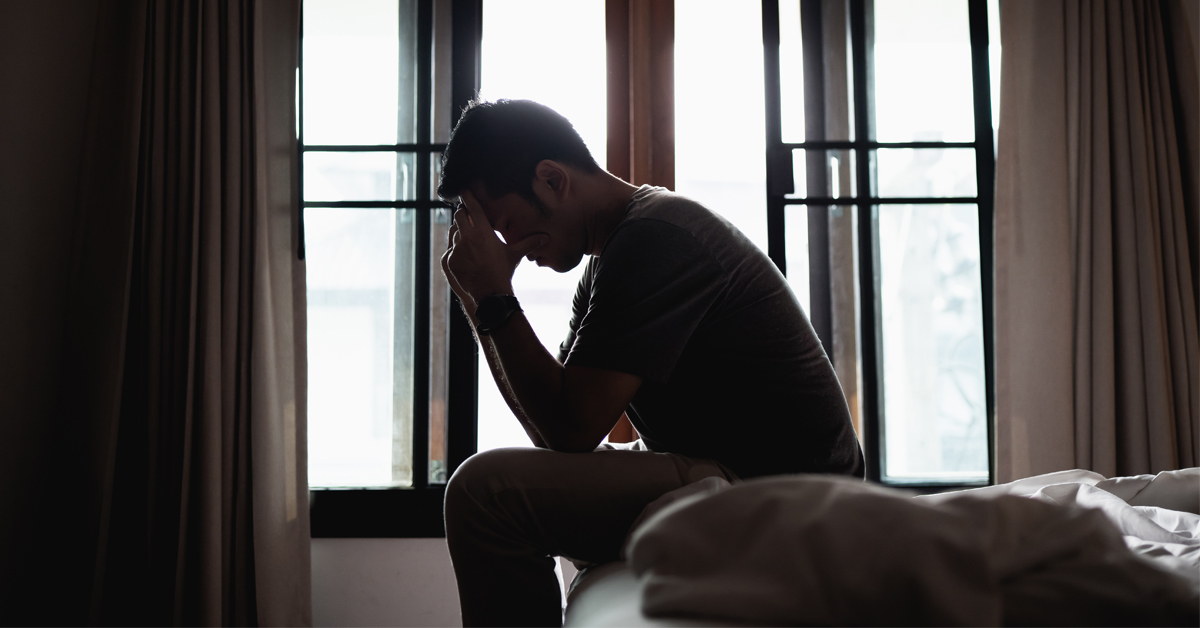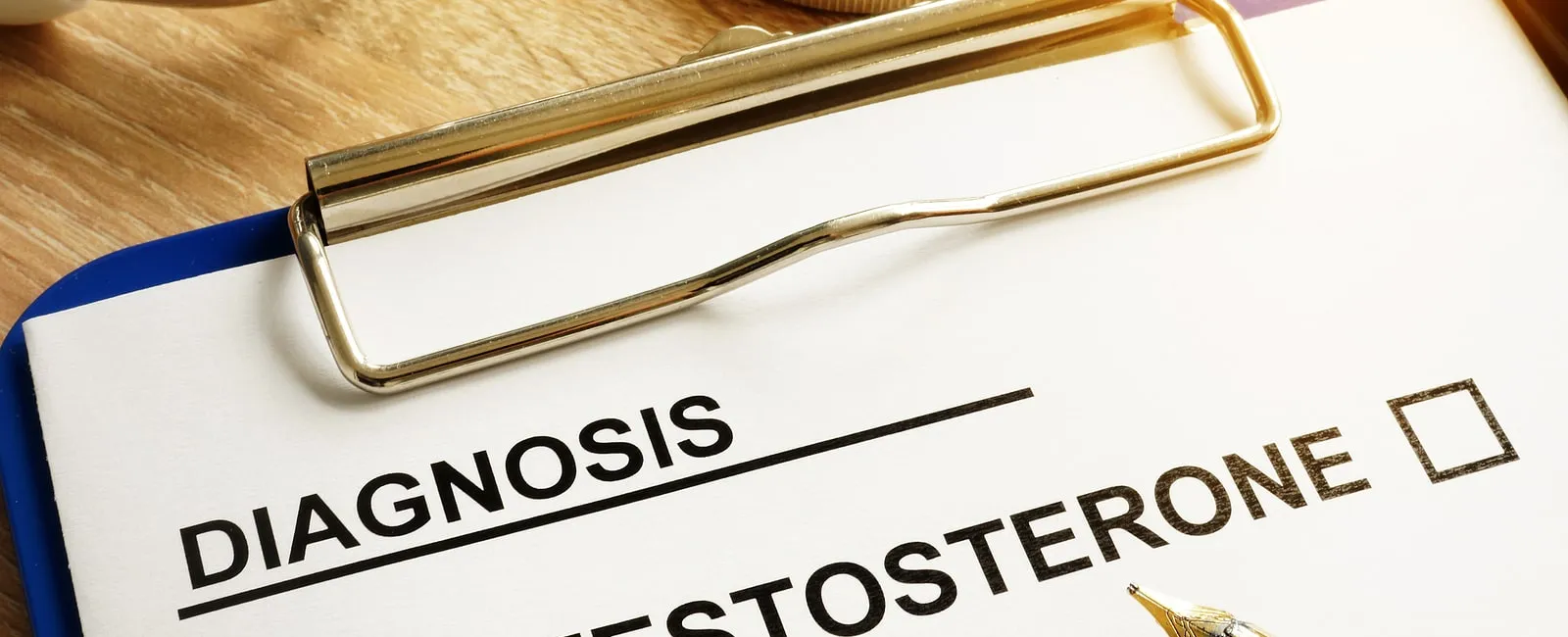Low testosterone, medically known as hypogonadism, affects millions of men worldwide and can significantly impact quality of life. This hormonal condition occurs when the body fails to produce adequate levels of testosterone, the primary male sex hormone responsible for developing and maintaining masculine characteristics, sexual function, and well-being.
Testosterone plays a crucial role in numerous bodily functions beyond sexual health. It helps maintain muscle mass and bone density, regulates mood and energy levels, supports red blood cell production, and influences fat distribution throughout the body. Understanding the signs of low testosterone is essential because early detection and treatment can prevent long-term health complications and restore vitality to affected individuals.
The prevalence of low testosterone increases with age, with approximately 40% of men over 45 experiencing some degree of testosterone deficiency. However, this condition isn’t limited to older men; younger individuals can also develop low testosterone due to various underlying health conditions, medications, or lifestyle factors. The symptoms can be subtle initially, often mistaken for normal aging or stress-related issues, which is why many men remain undiagnosed for years.
Modern medicine offers effective treatment options for low testosterone, ranging from lifestyle modifications to hormone replacement therapy. The key to successful management lies in recognizing the warning signs early and seeking appropriate medical evaluation. With proper diagnosis and treatment, men with low testosterone can experience significant improvements in their physical health, sexual function, mental well-being, and quality of life.
Understanding Low Testosterone

Low testosterone, also called hypogonadism, occurs when the testicles fail to produce normal levels of testosterone due to problems within the hypothalamic-pituitary-testicular axis. This complex hormonal system regulates testosterone production through a feedback mechanism involving the brain and reproductive organs.
There are two primary types of hypogonadism: primary hypogonadism occurs when the problem lies directly with the testicles, while secondary hypogonadism results from issues with the hypothalamus or pituitary gland in the brain. Primary hypogonadism is also known as hypogonadotropic hypogonadism because the pituitary gland produces elevated levels of luteinizing hormone and follicle-stimulating hormone in response to low testosterone levels.
Normal testosterone levels typically range between 300 to 1,000 nanograms per deciliter (ng/dL), though most organizations define low testosterone as levels below 231-275 ng/dL. Testosterone levels naturally decline by approximately 1% per year after age 30, but significant drops below normal ranges warrant medical attention.
Physical Signs and Symptoms
Sexual Health Changes
The most commonly recognized symptoms of low testosterone relate to sexual function. Reduced sex drive or libido is often the first noticeable sign, as testosterone directly fuels male sexual desire. Men may experience a more dramatic decline in sexual interest compared to the gradual changes associated with normal aging.
Erectile dysfunction represents another significant symptom, where men have difficulty achieving or maintaining erections. Testosterone helps brain receptors produce nitric oxide, a molecule essential for triggering the chemical reactions necessary for erections. Research indicates that up to 35% of men with erectile dysfunction have low testosterone levels.
Low sperm count and reduced semen volume can also occur with testosterone deficiency, potentially affecting fertility. The hormone plays a vital role in sperm production and the creation of seminal fluid necessary for optimal sperm motility.
Body Composition Changes
Low testosterone significantly affects muscle mass and strength. Men may notice decreased muscle size despite maintaining regular exercise routines or find it increasingly difficult to build muscle through strength training. This occurs because testosterone is essential for protein synthesis and muscle development.
Conversely, testosterone deficiency often leads to increased body fat, particularly around the midsection. The hormone helps regulate fat distribution, and its absence can result in unwanted weight gain and changes in body composition.
Bone density reduction is another serious consequence of low testosterone, potentially leading to osteoporosis and increased fracture risk. Testosterone helps maintain bone strength throughout a man’s life, and deficiency can accelerate bone loss.
Physical Appearance Changes
Men with low testosterone may experience loss of body and facial hair, as the hormone is responsible for maintaining secondary male characteristics. Some individuals may also develop gynecomastia, which is the enlargement of breast tissue due to hormonal imbalances.
Energy and Mood-Related Symptoms

Fatigue and Low Energy
Persistent fatigue represents one of the earliest and most common symptoms of low testosterone. Men may feel consistently tired despite getting adequate sleep, experience decreased motivation for physical activities, or find it challenging to maintain energy levels throughout the day.
This fatigue differs from normal tiredness and can significantly impact work performance, relationships, and quality of life. The exhaustion often persists regardless of rest or lifestyle changes, indicating an underlying hormonal imbalance.
Mood and Cognitive Changes
Low testosterone can profoundly affect mental health and cognitive function. Many men experience symptoms resembling depression, including persistent sadness, feelings of apathy, and loss of interest in previously enjoyable activities. Irritability and anxiety are also common emotional symptoms.
Cognitive effects include difficulty concentrating, reduced focus at work or school, and memory problems. These mental changes can be particularly distressing because they affect professional performance and personal relationships.
Sleep disturbances, including insomnia, frequently accompany low testosterone. Poor sleep quality can exacerbate fatigue and mood symptoms, creating a cycle that further impacts well-being.
Causes and Risk Factors
Several factors can contribute to low testosterone development. Age-related decline is the most common cause, with testosterone production naturally decreasing after age 30-40. However, various medical conditions can accelerate this process or cause premature testosterone deficiency.
Medical conditions that can lead to low testosterone include obesity, diabetes, thyroid disorders, pituitary gland problems, and chronic diseases. Testicular injuries, cancer, or infections can directly damage testosterone-producing cells. Certain medications, particularly chemotherapy drugs, can also suppress testosterone production.
Lifestyle factors such as excessive alcohol consumption, chronic stress, lack of physical activity, and poor sleep habits can negatively impact testosterone levels. Obesity is particularly problematic because excess body fat can convert testosterone to estrogen, further reducing available testosterone.
Diagnosis and When to Seek Help

Proper diagnosis of low testosterone requires both clinical symptoms and laboratory confirmation. Healthcare providers typically order blood tests to measure total testosterone levels, preferably conducted in the morning between 7-11 AM when testosterone peaks. Two separate low testosterone measurements, ideally four weeks apart, are needed for accurate diagnosis.
Men should seek medical evaluation if they experience multiple symptoms of low testosterone, particularly if these symptoms interfere with daily life, relationships, or work performance. Early intervention can prevent complications and improve treatment outcomes.
Additional tests may be necessary to determine the underlying cause of low testosterone, including thyroid function tests, prolactin levels, and imaging studies of the pituitary gland.
Treatment Options and Management
Testosterone Replacement Therapy
The primary treatment for clinically diagnosed low testosterone is testosterone replacement therapy (TRT). This treatment involves supplementing the body’s natural testosterone production through various delivery methods, including injections, gels, patches, implanted pellets, and nasal sprays.
TRT can effectively improve symptoms such as low libido, erectile dysfunction, fatigue, and mood changes. It may also help maintain muscle mass and bone density, particularly in younger men with severely low testosterone levels.
Lifestyle Modifications
Sometimes, lifestyle changes alone can help improve testosterone levels naturally. These modifications include maintaining a healthy weight, engaging in regular exercise (particularly strength training), getting adequate sleep, managing stress, and limiting alcohol consumption.
A balanced diet rich in nutrients that support hormone production, such as zinc, vitamin D, and healthy fats, can also contribute to optimal testosterone levels.

